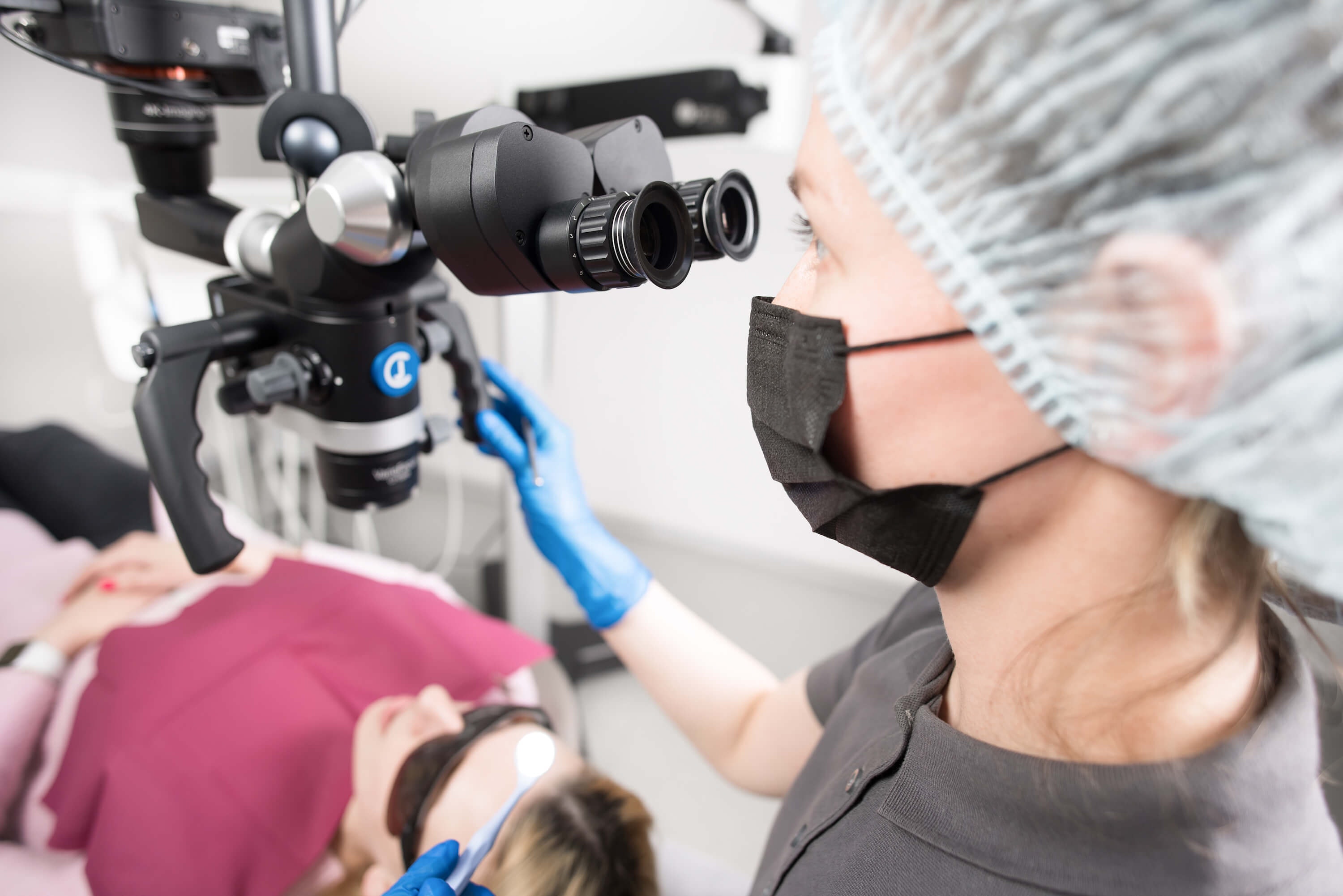For dental practices looking to grow in the new year, managing your capital expenses will play a key role in your dental practice budget. A capital expense is a business investment that creates future benefits for your practice. On the other hand, operating expenses account for day-to-day activities like administrative costs or utilities. Capital expenses (CapEx, in business lingo) purchase assets like large dental equipment and office renovations that add value to your business.
As you will read, CapEx has implications for your budget and taxes. Firstly, consider these potential investments for your dental practice in 2025.
Common Capital Expenses for a Dental Practice Budget
New technology is constantly improving patient care and dentist performance. Therefore, successful DSOs invest in the right technology. They also make thoughtful investments in their office infrastructure and aesthetics. Here are a few specific and categorical investments (capital expenses) that your practice can make to improve productivity and build future value.
- Intraoral Scanner. Innovative intraoral scanners like iTero offer a support system for lab work, cloud storage, and patient communication to reduce busywork.
- Cone Beam X-Ray Machine. This shape of x-ray equipment is necessary when standard x-rays are not sufficient. Your dental team can use the technology to generate 3D images for patient care.
- Other clinical technology that can improve patient outcomes or increase productivity. Dental technology always offers cutting-edge tools to make your practice more efficient. Keep a pulse on industry trends, attend conferences, and speak to the occasional salesperson to ensure your clinic’s equipment is up to date.
- Adding an additional operatory, and outfitting it with equipment. As your dental practice attracts more patients, a new operatory is an organic growth opportunity. Thus, benefits of the additional space include taking on more patients, increasing revenue, and reducing wait times.
- Cosmetic updates to the office, including furnishings, paint, or decor. If your office is a few years old, an extra touch of paint and updated furniture can go a long way. Elevate your patients’ experience by using a bit of your budget for an office “facelift.”
- Back office and infrastructure updates, including computers or servers. Purchase the necessary infrastructure to keep your clinic’s practice management system running smoothly. Your team of professionals should be able to trust your back office system to keep your practice on track while you do what you do best: serving patients.
Budget for CapEx with ROI in Mind
Budgeting for revenue and expenses helps you understand one of the most important factors to run a business. Are you making a profit? To clarify, the difference between your revenue and monthly expenses indicates whether you can afford to make any extra investments. At Skytale, we advise clients to group potential capital investments into two categories:
- An investment you need that doesn’t directly bring ROI. This may include cosmetic office updates like new paint, updated lobby furniture, and operatory televisions. Or, it may be other infrastructure updates. For example, improving your practice management system doesn’t mean more sales. But it does improve productivity and patient experience, which serves more patients and can generate more revenue.
- An investment directly tied to ROI. An additional operatory can increase practice productivity by allowing you to treat more patients. Likewise, a portable x-ray system like NOMAD offers high-quality images while keeping pace with busy practices. And an implant kit or other additional services provide high-end offerings to patients and additional revenue streams for your practice. These investments directly bring more return to your practice by generating additional income.
How to Budget for Capital Expenses – Dental Practice Financial Plan
You can accurately budget for CapEx by asking yourself (and your dental practice team) the following questions:
- What types of dental ROI plan does this expense bring? Budget out the potential revenue of the investment and calculate the breakeven point. And make sure the equipment or renovation won’t be out of date by the time you can profit from it.
- If it’s a cosmetic investment, what will that do for your profitability and cash position? How can you build that into your budget for the upcoming year? Prioritize purchases that will have the maximal effect on your operating capital and profitability.
- Does this expense fit into my overall business roadmap? The task of building your budget will leave you with a clear financial plan for your practice. For instance, you’ll have an idea of your cash flow position at various months of the year. Decision-making is easier when you have a plan and expectations for your business. When you know your expenses are in line with your revenue and your business is earning a profit, you’ll find peace of mind.
How Can Dental Practices Pay for Capital Expenses?
Capital investments have implications for both your budget and your taxes. Start by understanding the best strategy from a tax standpoint. Talk to your accountant for help. The tax rate for long-term capital gains is usually lower than for short-term gains, so it’s important to manage long-term expenses correctly in your bookkeeping.
Next, investigate whether your practice has enough cash on hand. If you want to preserve capital, what does the lending rate look like? As of this blog’s publication, we are in a low row environment. As a result, this benefits your financing by mitigating the interest expense.
In short, budgets give you power. They serve as a goal-setting tool, a plan for managing your cash flow, and a path to take you where you want to go. By including capital expenses in your dental practice budget, you set your company up for more patients and increased revenue. Just be sure that your expenses align with your existing cash flow. With cutting-edge equipment, an up-to-date office space, and a fully-equipped dental team, patients will be lining up outside your dental practice’s doors.
